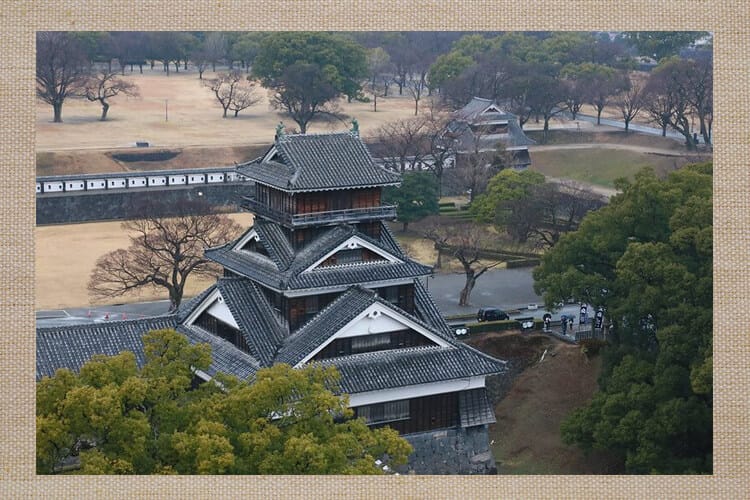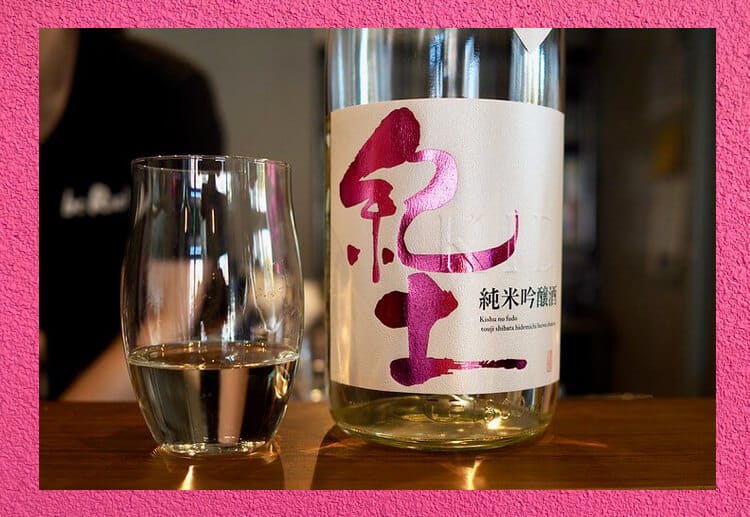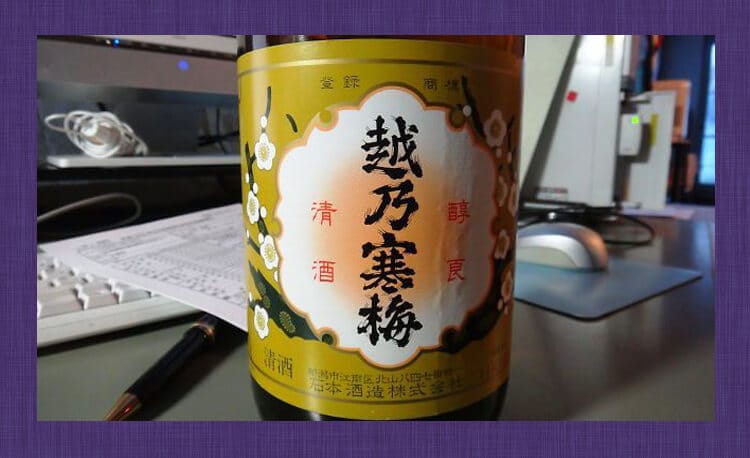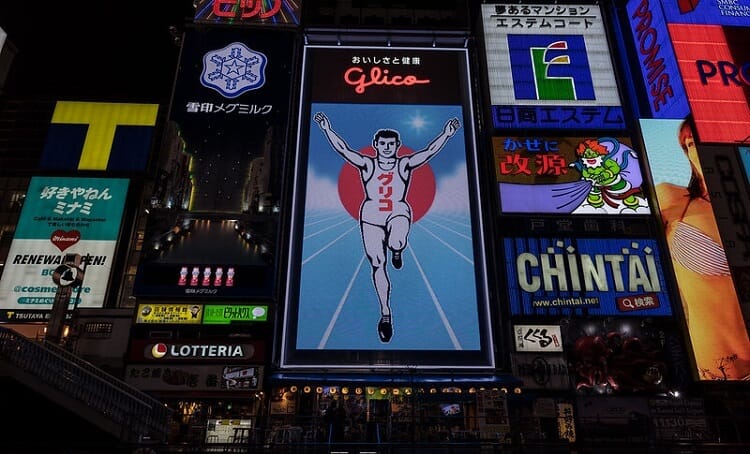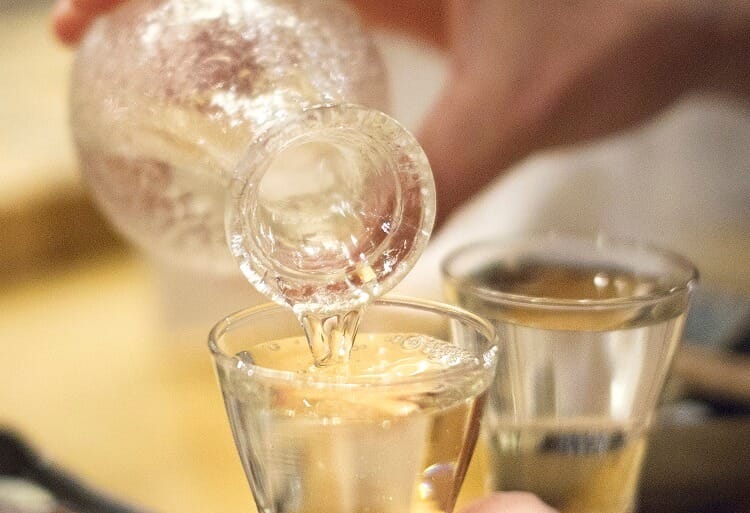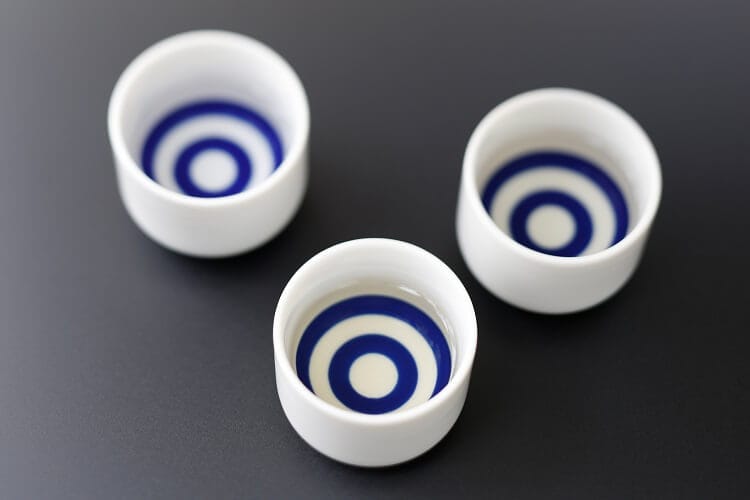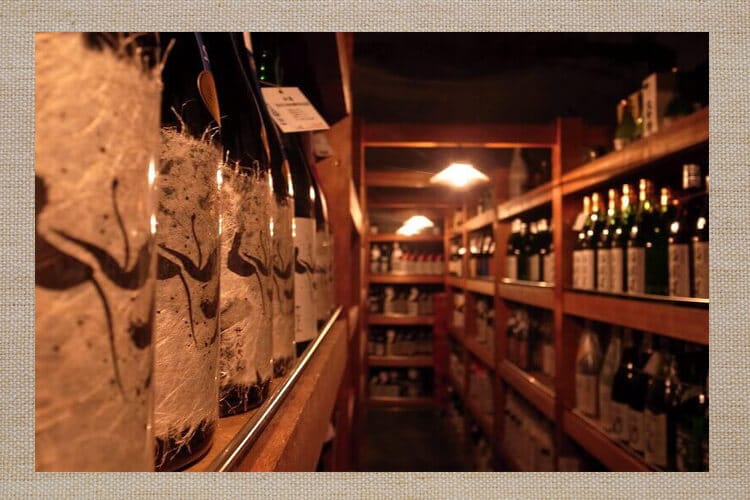
There are many people who say that “Also Sake” is “It ’s not Japanese Sake” or “I ’m just a hangover and never drink it”.
Al-sake is a sake with added alcohol, but it is too violent to evaluate it as `` tasteful '', `` deceived '' or `` not a sake '' with only an image without deep knowledge is.
Among Japanese sake, pure rice sake is very popular, and there are many people who think that it is the royal road of Japanese sake. The sake that doesn't go well is all-alcoholic sake with brewing alcohol added.
Here, we will introduce in detail the Al-Sake that should be reviewed now.
In the first place what is Al-Souzo

Al-Sake is a bad reputation for those with little knowledge, but what kind of sake is Al-added?
Adding “ethyl alcohol”, which is mainly produced from cereals and molasses, to the sake and sake lees, which is the process of producing sake called the upper tank, is called “al soup”. The
Simply put, it is an act of adding shochu. In general, add ethyl alcohol with alcohol content reduced to about 30%.
Although I used difficult expressions, think of ethyl alcohol as the alcohol component of the alcohol we usually drink.
There is a misunderstanding that ethyl alcohol is an industrially used alcohol that is not good for the body, but it is a big mistake.
If you use alcoholic beverages in the sense that they are not good for your body, you can say that they are correct, but if you use ethyl alcohol, which is used to add alcohol, it is not good for your body. I have to say that there is.
To put it simply, ethyl alcohol is just a shochu so there is no problem even if you drink it.
Alcohol addition technology is a method of producing alcohol that has been used for a long time, and its history goes back to the Edo period.
It is said that the craftsman at that time introduced it to prevent the corruption of Japanese sake after seeing the shochu that would not rot even if it was released.
However, manufacturing technology has been increasing at various levels, and since the technology of burning has been established, sake has almost never rotted.
In the sense of anti-corruption, it is no longer necessary to add alcohol, but why is Al-Sake still produced?
Al-Souzo = Sake with increased bulk?
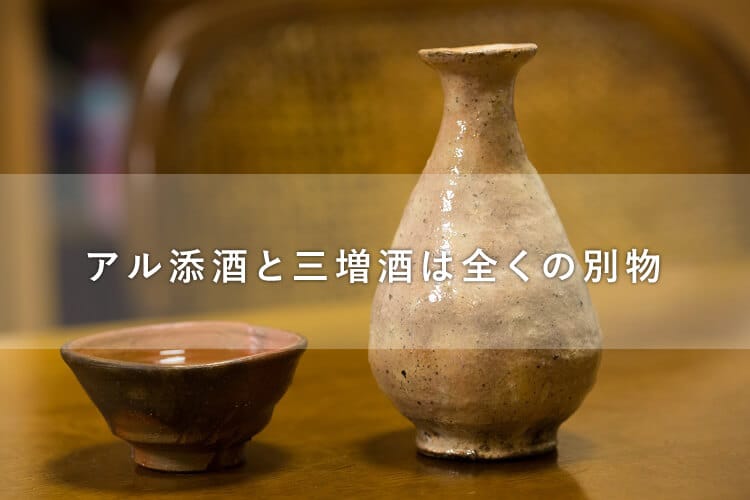
If you know that there was a sake brewing product called Sanzoshu, there will be only a small portion of it even for older people.
It is called triple sake brewing sake, and it is a sake-like sake made in the time of shortage after World War II.
In the same way as ordinary sake, rice and rice bran can be used to add moromi to the sauce. Mimasake has sugars such as glucose and syrup, and acidulants such as lactic acid and succinic acid. Also, by adding something like sodium glutamate, you can make sake that is 3 times more than the ingredients.
The time when rice itself did not go on the market, and as a result, the price of sake that was normally produced soared, and could not enter the ordinary people's mouth. In this era, the sake brewery was devised, and the sake was made so that the general public could enjoy sake.
Some people have misunderstood the miso sake, which is made by adding al-soushu together with the three sakes, adding alcohol, and increasing the bulk.
However, adding alcohol for the purpose of increasing bulk is impossible today from a legal point of view. In fact, the amount of brewing alcohol that can be added to sake is determined by a law called the Sake Tax Act.
In the case of genuine brewed sake, ginjo sake, and daiginjo sake, which are called specific name sake, there is a rule that the amount of brewing alcohol that can be added must be less than 10% of the weight of the white rice used.
Even in the case of regular liquor, it is determined to be 50% or less, and if the total weight of auxiliary ingredients such as sugars and acidulants used in brewing alcohol and Sankake sake exceeds the specified quantity, ”Is a rule that cannot be sold.
In other words, in the present day, when the rules are well established under the Liquor Tax Law, it is impossible to make a three-thousand sake and sell it as a refined sake. Let's do it.
In addition, there is an opinion that the cost of raw materials may be reduced by adding alcohol, but unless it is manufactured in-house, most breweries purchase brewing alcohol as a raw material. is.
When alcohol is added to regular sake, even if the amount is doubled, it becomes a pashapasha and only tastes bad, and you can only use it by blending with other sake.
In an era when the taste is growing and the information is quickly and profoundly known, the act of making liquor using 50% as a secondary ingredient must be called folly, and no brewer has done that.
In other words, the idea of adding alcohol = bulkiness is fundamentally wrong.
Al is added to enhance the quality of sake.

Adding alcohol does not increase the volume and is not bad for the body. Then I fully understand the feeling that leads to the opinion that pure rice sake should be produced.
The reason why alcohol is added is the technology used to prevent corruption in the first place. However, it turned out that many effects can be obtained by adding alcohol after that.
The most important thing is the influence on the flavor. In Ginjo Sake, it is said that considerable severity is required for the timing and amount of alcohol addition to bring out the unique fruity scent called Ginjo Scent.
In particular, in the case of sake that exceeds 10,000 yen with one bottle per bottle that is exhibited at the appraisal meeting, each sake brewery is carefully discussed with a focus on Mr. Tsuji in order to be directly linked to evaluation and sales. It is a situation.
Although it has an impact on taste, it is said that there is a tendency to produce a refreshing dry sake. It is said that adding moromi will change the taste and the degree of sake will increase, and the sweetness will change depending on the amount of extract contained.
Alcohol addition is an important task that greatly affects the fragrance and taste depending on the timing and amount in this way, and each brewery has its own know-how on alcohol addition technology that is said to be out of the gate. .
In other words, each brewery uses the technology of adding alcohol to improve the quality of liquor, and it is not an act to increase bulk or reduce costs. Remember that.
Al-Sake is being updated
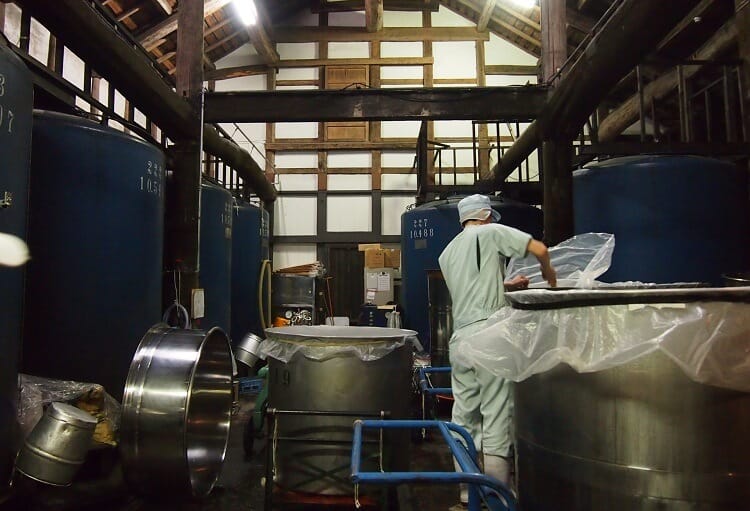
As explained so far, most brewing alcohol has been made as raw materials other than rice, such as molasses. However, in recent years, instead of the traditional tasteless and odorless brewing alcohol, "pure domestic alcohol" has been developed, each with its own flavor.
Pure domestic rice alcohol uses the Yamada Nishiki from Tokushima Prefecture of 3 grade or higher, and the rice polishing rate is the same as pure rice Daiginjo Sake, and the manufacturing process is also the same as Junmai Daiginjo It is made through a process.
The three-stage process of making sake, making liquor, sore, Naka, and Tome will be carried out firmly, and moromi will be managed in the bass. If this koji is squeezed as it is, sake will be completed, but pure or domestically produced 100% alcohol will be completed by single distillation or continuous distillation.
In this way, brewing alcohol with unique characteristics different from conventional brewing alcohol is born, and by using them to make al-sozo, it is a time when unprecedented Japanese sake has been born one after another.
Nowadays, the number of consumers who want to know what kind of producers and where and how they are made has increased. In the world of sake, domestic products as well as local water and rice are shown. Many sake breweries can be seen.
Al Soe Sake has also been updated in this way, and the birth of unique brewed alcohol has opened up the possibility of further Sake. I can tell you.
Japanese sake using purely domestic rice alcohol
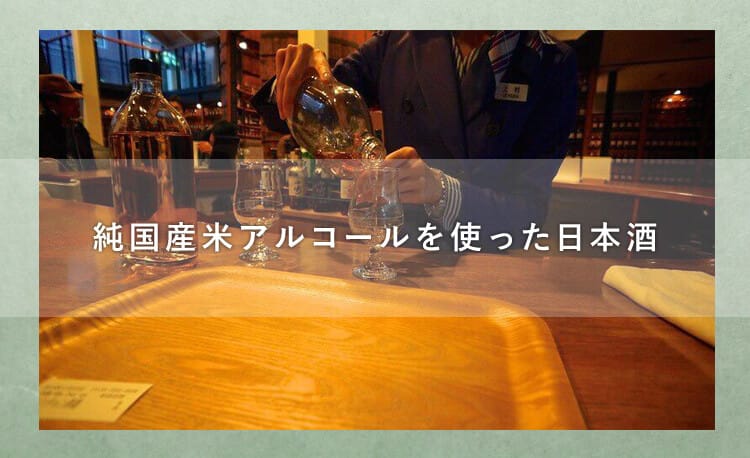
As a result of the update of brewing alcohol, Al-Sou Sake has been born one after another.
Produced using an updated purely domestic rice alcohol and passed through a rigorous review conducted by a certification body established at the Japan Genuine Local Sake Producers Association, it will be sold as "Natural Local Sake Premium Meister Ginjo Sake" Will be possible.
Here, we will introduce some of the typical fresh local sake premium Meister Daiginjo.
Miwatari Daiginjyo Extream
Toshimaya is a long-established store established in the first year of Keicho, 1596. It is famous as a brewery that manufactures “Golden Marriage”, but it is also active in the production of Al-Sake with pure domestic rice alcohol.
The masterpiece born there is Daiginjyo Extream. A discerning Daiginjo sake made by burning while keeping freshly squeezed sake out of contact with the air as much as possible.
It is the definitive edition of Daiginjo Sake, which is completely purely domestically produced, and it is finished in an unparalleled one, using the refined alcohol addition technology of the well-established domestic alcohol.
→Click here for Amazon Shinto DaiginjyoExtream
Rikuzen Oyama Daiginjo-10 ℃ Freezing Bottled
Speaking of Otokoyama, it's a very famous sake, and if you visit an izakaya, it is a sake that has a lot of circulation.
A raw sake carefully brewed using the beautiful spring water of Kesennuma Araki, made from brewery suitable rice “Kura no Hana” produced in Miyagi Prefecture.
Although this is definitely delicious, it uses pure premium Meister purely domestic rice alcohol and unifies all ingredients into domestic rice.
The bottle is bottled at the moment the alcohol is squeezed, and the next enclosure is held for about 1 months in a chilled case kept at 4 ° C. After that, one of the gems finished with a freezing bottled manufacturing method in which the secondary enclosure is carried out in the environment of 1 ° C below freezing from half a year to the time of shipment, and the taste of the original sake is brought to the peak.
One of the gorgeous fragrances of pure domestic poor alcohol and the deliciousness of the original sake is a gem that makes you feel the long-established taste.
Emperor Haru Daiginjo Harashu Pure Japanese Mizunara barrel ripening finish
Emperor Haru Sake Brewery, founded in Meiji 20, is a brewery located in the eastern city of Kurobe City, Toyama Prefecture. The North Alps snowmelt water pays attention to the water that springs from the basement over 100 years, and uses it as feed water to send various sakes to the world.
Mizunara barrel attracted attention from such a strong commitment to the imperial country. Suntory's world-class whiskey Yamazaki. Mizunara barrels continue to be used as one of the key malts.
Immediately after squeezing the liquor, it is bottled in a raw state, and after a primary enclosure in an environment of about 2.5 ℃, it is repacked in a pure Japanese mizunara barrel of 450 liter size and a secondary enclosure of 180 days or more. Daiginjohara Sake is finally born.
The fine daiginjo, the scent of Mizunara barrels, and the miracle of purely domestic rice alcohol are brilliantly combined into one.
The raw material is Oyama Nishiki, a representative of Toyama brewing suitable rice. With the soft taste of rice alcohol and the savory flavor peculiar to Mizunara barrels, a wonderfully dry Daiginjo sake was born.
Wouldn't you like to taste one of the domestic rice, rice bran, domestic brewed alcohol, and even the barrel used for the enclosure, sticking to 100% "Japan made" purely domestically produced?
Al-Sou Sake, where you can see the brewery's commitment and evolution, should be noted
How was it.
You may have appreciated how much you don't want to refrain from valuing Alsoshu as an unpleasant sake or as a sashimi-style sake with an increased bulk.
Alzo Sake is a unique collection of Sake Brewery's unique technologies, and it is a rare Japanese sake that can be felt as an upgrade and its evolution.
It is also recommended that you visit the Japanese sake tours, where you have the correct recognition of Al-Sou and you can enjoy a wide variety of ordinary sake in each region.



